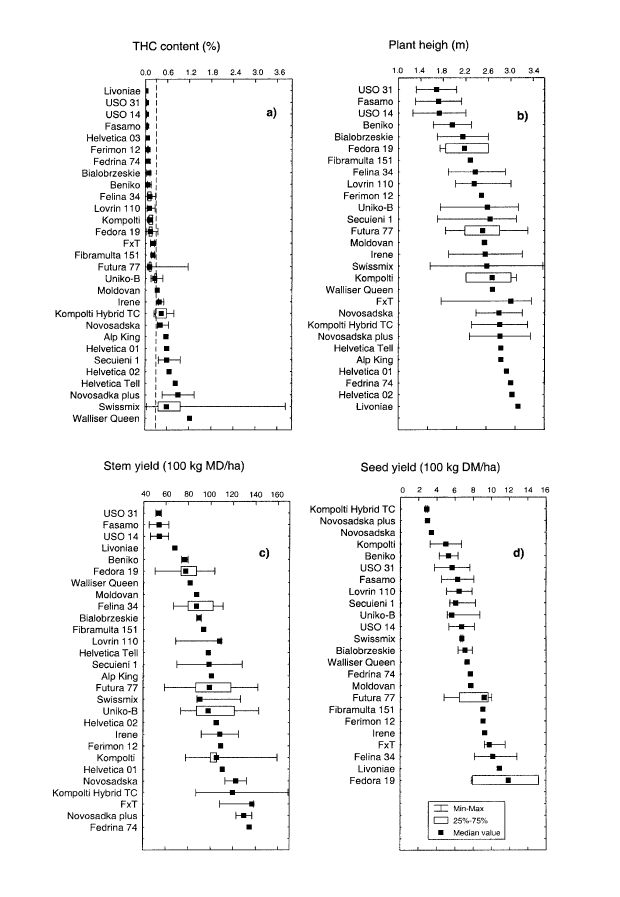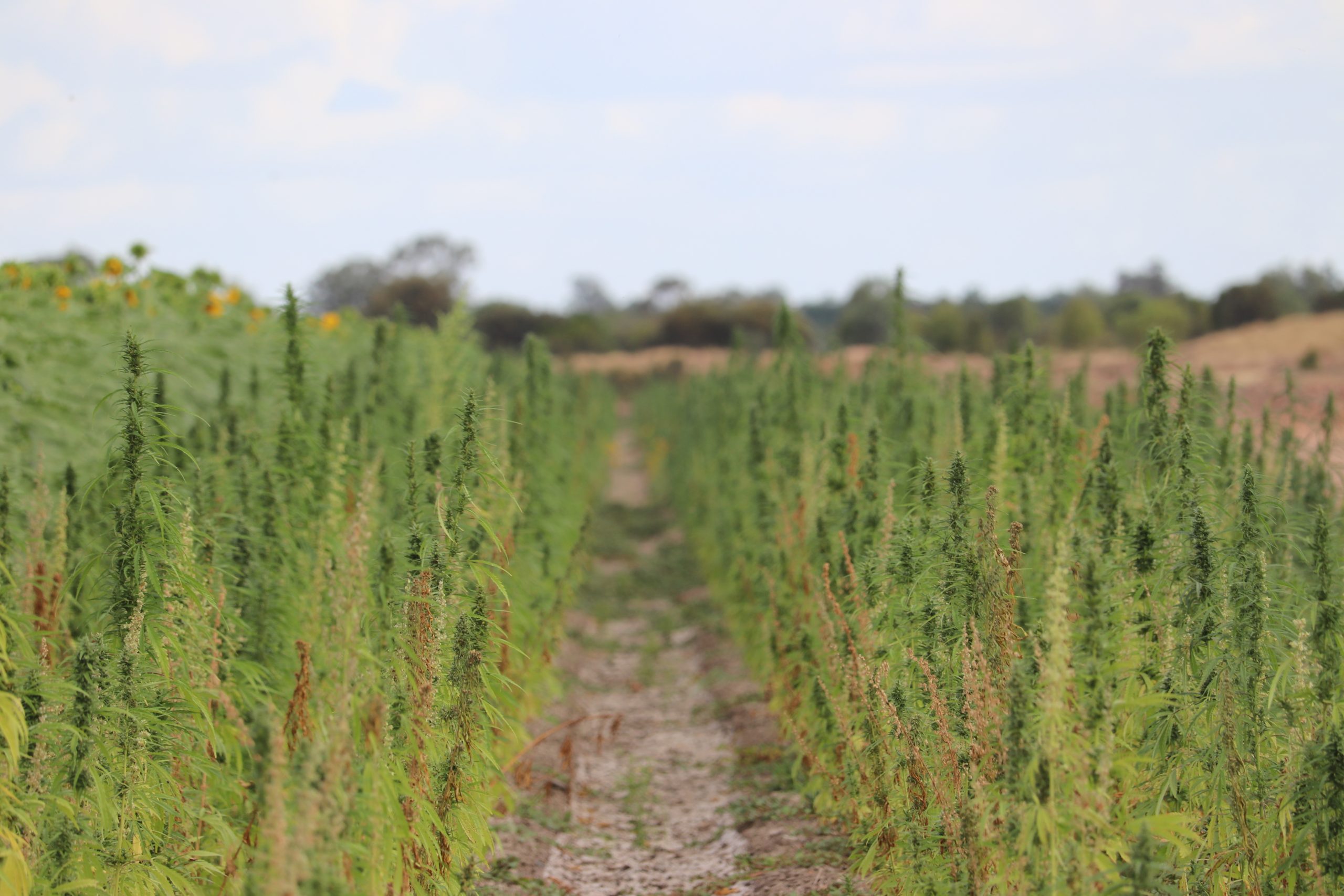The earliest recording of hemp (Cannabis sativa L.) was in central Asia, from there it is assumed it spread to the East and the West where it was used by the Chinese, Greeks and Romans. In Europe, hemp was cultivated widely until the First World War as a fibre crop (Bòcsa and Karus 1997). Soon after, the cultivation of hemp in majority of Central European countries almost disappeared, as it did in North America. Due to prohibitions and the introduction of synthetic fibres, hemp cultivation only resurfaced within the last 20 years. Today, we see hemp cultivated as not only for food and fibre, but cosmetic, construction and biotechnology globally.
Since all strains within the genus Cannabis intercross easily, it is today for the most part believed that Cannabis consists of only one species Cannabis Sativa L. Depending upon agronomic characteristics and cannabinoid content, hemp genotypes are divided into categories, truly wild and naturalised, fibre and seed land races, fibre and seed cultivars, ornamental and medicinal strains. Reports in Europes historical hemp publications assume that most rural hemp populations descended from previously cultivated fibre crops (De Meijer 1995). The fibre varieties available today descend from strains, last developed in the mid-20th Century in Germany, France, Italy, Hungary, Russian and China. These hemp cultivars were selected with the aim of high fibre yield and non-psychoactivity (Bonin 1994, Rabara 1999).
Throughout the 1990’s over 25 hemp cultivars were trialed for both agronomic and phonologic characteristics, as we now know the hemp cultivars are composed of male, female and monoecious plants. Monoecious varieties are more uniform with fibre quality and higher grain yields. The table below shows results taken from this trial in Switzerland and shows which cultivars have made there way to cultivation in Australia such as Ferimon 12, Felina 34, Futura 77 and Fedora 19, these cultivars have gained success in areas of Tasmania but are yet to bear the harsh environments of mainland Australia.

Figure 1: International Hemp Association Vol.4 No.2 December 1997
We have seen cultivars descend from Canada into Australia and adapt to opposite latitudes over two decades, these predominantly excel in areas with similar growing conditions for commodities such as wheat, corn, peanuts and sorghum. Since 2006, Australian bred cultivars such as Bundy Gem and Ruby were bred for their early maturing characteristics and plant vigour/hardiness to harsh climate, both low degrees of frost and high heat during flowering.
In conclusion, hemp varieties differ in their agronomic characteristics and psychoactivity dependent on their origins and history of inter-breeding or selective breeding. Important traits from the entire hemp genome includes seed yield, quality of stems, fibre, grain, biomass oil and essential oil. The number of cultivars suitable for cultivation in Europe are plentiful and Tasmanian producers are making great progress with the premium strains from these European regions. Australia’s main land agricultural landscape requires a hemp cultivar selected on specific characteristics which will allow it to produce both fibre and grain annually, typically early maturing varieties allow for early sowing and shorter crop cycles.

Image: Hemp varieties Bundy Gem mid-flower (High on Hemp, QLD – 2018)
Written by: Lauchlan Grout – Co Founder Hemp Farms Australia
References
Bòcsa, I. and M. Karus 1997. Der Hanfanbau – Botanik, Sorten, Anbau und Ernte. [Hemp cultivation – botany, varieties and harvest.] C.F. Müller Verlag, Heidelberg.
Bonin, G., 1994. Hanf Dampf auf allen Äckern. [Hemp steam on all the fields]. Cash. 22:87.
De Meijer, E. P. M. 1995. Fibre hemp cultivars: A survey of origin, ancestry, availability and brief agronomic characteristics
